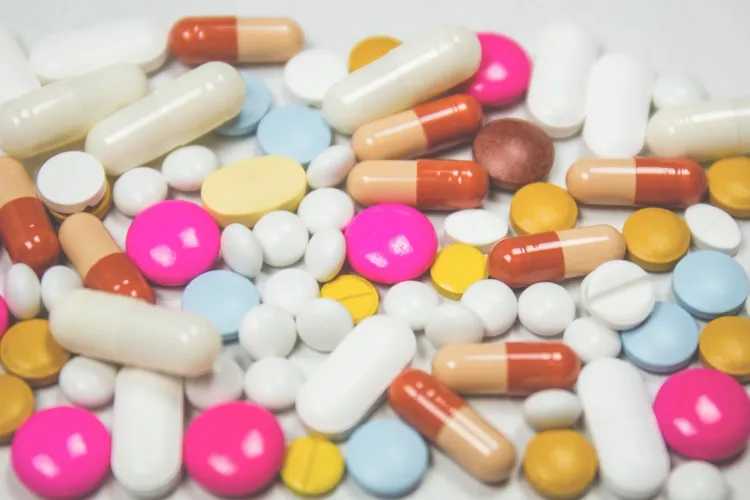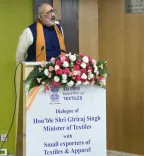Indian Scientists Achieve Milestone with Nafithromycin Antibiotic to Combat AMR

New Delhi, Dec 7 (NationPress) The creation of a homegrown antibiotic Nafithromycin represents a significant milestone for Indian scientists and may play a critical role in the nation's battle against antimicrobial resistance (AMR), experts stated on Saturday.
Formulated by the Indian pharmaceutical firm Wockhardt, with assistance from the Biotechnology Industry Research Assistance Council (BIRAC), Nafithromycin specifically targets Community-Acquired Bacterial Pneumonia (CABP).
The medication, marketed under the name Miqnaf, demonstrates effectiveness against CABP resulting from drug-resistant bacteria, which predominantly impacts vulnerable groups including children, the elderly, and individuals with weakened immune systems.
“The introduction of the indigenous antibiotic Nafithromycin is a crucial achievement by Indian scientists. The potency and novelty of Nafithromycin will aid healthcare professionals in treating multi-drug resistant bacteria, especially those causing respiratory infections,” remarked Dr. Harshal R Salve, Additional Professor at the Centre for Community Medicine, AIIMS, New Delhi, in an interview with IANS.
“Given that respiratory infections are among the most significant hospital-acquired infections, this new antibiotic will greatly assist in managing infections among hospitalized patients,” he added.
Nafithromycin is crafted to combat both typical and atypical drug-resistant bacteria, making it an essential asset in tackling the global health crisis of AMR. It offers enhanced safety, reduced side effects, and negligible drug interactions.
This antibiotic belongs to the Macrolides class, which combat bacterial infections by inhibiting the production of proteins in bacteria. Its development signifies a crucial advancement in the fight against antimicrobial resistance, highlighting India’s expanding expertise in pharmaceutical innovation.
The new drug is reported to be ten times more effective than existing treatments such as azithromycin and features a three-day treatment protocol, significantly decreasing recovery times while enhancing patient outcomes.
“Macrolides are specially designed antibiotics for managing pneumococcal infections in both outpatient and hospital settings. They are characterized by oral bioavailability, substantial lung penetration (site-of-infection), and favorable pharmacokinetics/pharmacodynamics (PK/PD) properties allowing for less frequent dosing. Macrolides have been the most misused class of antibiotics, especially during the COVID-19 pandemic,” noted Dr. Dhiren Gupta, head of the Pediatric Pulmonology Department at Sir Ganga Ram Hospital, in an interview with IANS.
The expert pointed out that both in India and worldwide, invasive and non-invasive pneumococcal infections contribute significantly to healthcare burdens.
“The advancement of this new antibiotic will undoubtedly benefit India, but its effectiveness may be temporary if antibiotics continue to be misused. Bacteria are likely to develop resistance against Nafithromycin as well,” Gupta cautioned.
As the threat of AMR stands as one of the foremost public health challenges, experts stress the importance of reducing antibiotic overuse by restricting their availability in the open market and curtailing off-prescription sales.
“The rational utilization of antibiotics, halting over-the-counter sales, and building the capacity of patients, communities, and healthcare providers to stop the irrational use of antibiotics through a systematic approach is vital to address the AMR issue at the community level,” Salve emphasized.








